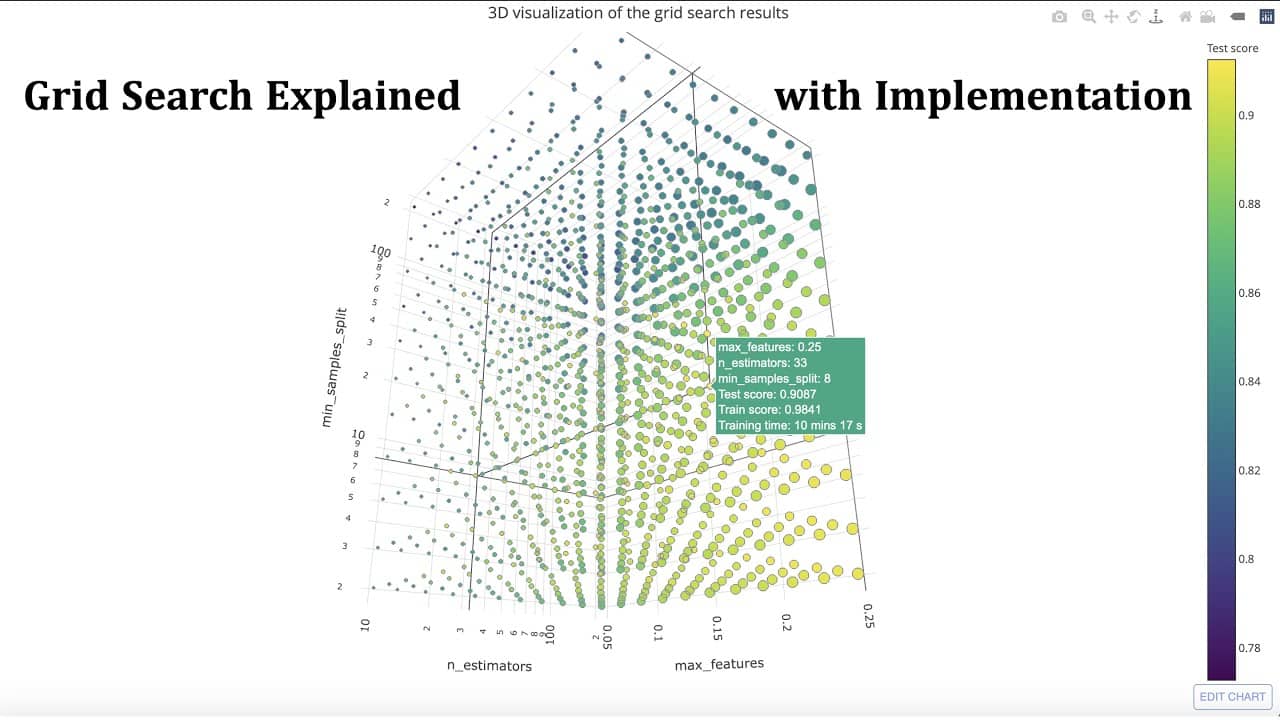Grid search (also known as hyperparameter search or parameter tuning) is an algorithm tuning technique used to identify the optimal combination of hyperparameters to be used in a Machine Learning model. It is a type of exhaustive search, where all possible combinations of hyperparameters are evaluated and compared to select the best performing model.
The goal of grid search is to optimize hyperparameters and maximize model accuracy. It works by creating a grid of multiple hyperparameter values and then systematically going through the grid one at a time to determine the optimal combination of hyperparameters. At each step, the algorithm evaluates a single point of the hyperparameter grid to find the best combination of hyperparameters that best improve the model’s performance.
Grid search is a type of brute force search, which means that all possible combinations of hyperparameters are tested, instead of trying to assess and evaluate them in a more precise manner. It is the simplest method of hyperparameter optimization because it does not require a great deal of computation time. However, it can be time consuming and is mainly appropriate if the number of hyperparameter values is not too large.
Grid search is a popular hyperparameter tuning methods, especially for Support Vector Machines and other classifiers. It is most commonly used on simple machine learning models such as the Support Vector Machines and Random forest models to fine-tune these models for improved accuracy and performance.
Grid search can be implemented within popular Machine Learning libraries such as Scikit-Learn and TensorFlow for Python, Caret for R and mlr for R/Python/Julia.






